Magazine | Analyses
Une Sterne bridée découverte le 28 juin 2022 sur l’île aux Moutons (Finistère), le « royaume » breton des sternes
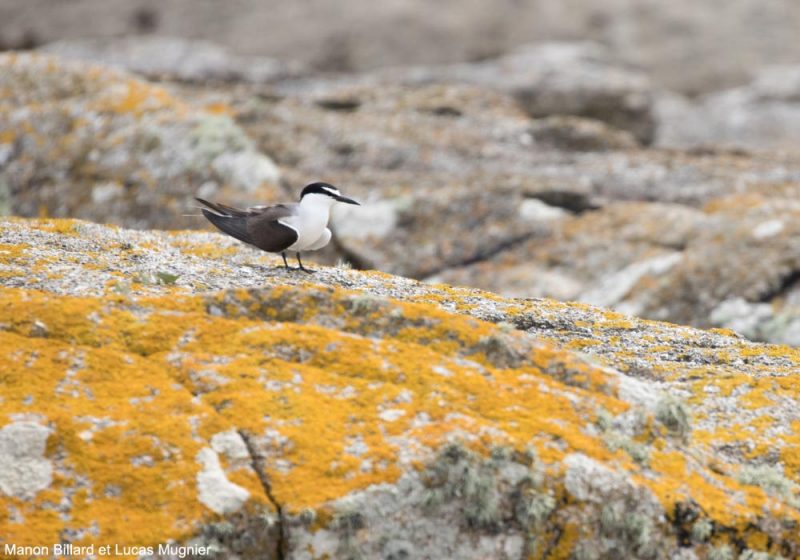
Sterne bridée (Onychoprion anaethetus) sur l’île aux Moutons, dans l’archipel des Glénan (Finistère), le 29 juin 2022.
Photographie : Manon Billard et Lucas Mugnier
Introduction
L’archipel des Glénan, situé au large du Finistère Sud, dans le golfe de Gascogne, est connu pour son école de voile, la plus grande d’Europe, créée en 1947. D’une superficie totale de 5 km², il est composé de neuf îles, dont l’île aux Moutons. D’un grand intérêt ornithologique, cette dernière est une réserve gérée par l’association Bretagne Vivante. D’avril à août, elle constitue le plus important site régional de nidification des sternes : en 2020, on y a recensé 3 040 couples de Sternes caugeks (Thalasseus sandvicensis), 49 couples de Sternes de Dougall (Sterna dougallii) et 138 couples de Sternes pierregarins (Sterna hirundo).
Des espèces plus rares ont déjà été notées, peut-être attirées par la concentration d’oiseaux : c’est le cas des Sternes arctique (Sterna paradisaea), élégante (Thalasseus elegans) et bridée (Onychoprion anaethetus). Cette dernière, au plumage noir, gris et blanc, est originaire des eaux tropicales des océans Atlantique, Pacifique et Indien, et un oiseau avait stationné du 26 au 30 juillet 2000.
Alors qu’ils effectuaient un comptage d’oiseaux sur une plage de l’île, Lucas Mugnier et Manon Billard (site web : Manon & Lucas Photographies de nature) ont observé le 28 juin 2022 une Sterne bridée (elle était encore présente le 7 juillet au moins).
Après une présentation de cette espèce et de l’avifaune de l’île aux Moutons, nous vous apportons des précisions sur cette observation remarquable, sur le statut de l’espèce en Europe et sur les facteurs ayant pu favoriser son arrivée. Nous remercions Lucas Mugnier et Manon Billard pour leurs informations et leurs photographies.
Abstract
The Glénan Archipelago, which stretches off the Finistère Sud, is best known for its sailing school, the largest in Europe, created in 1947. With a total area of 5 km², it is composed of nine islands, including l’île aux Moutons, which is less far from the mainland than the others.
Of a great ornithological interest, this small island is included in associative reserve which is managed by the association Bretagne Vivante. From April to August, it hosts the largest concentration of breeding terns in Brittany, even if the number of pairs can vary significantly from one year to another depending on various factors (disturbances, predation, etc.). In 2020, it was made up of 3,040 pairs of Sandwich Terns (Thalasseus sandvicensis), 49 pairs of Roseate Terns (Sterna dougallii) and 138 pairs of Common Terns (S. hirundo). Rarer species have already been noted there, perhaps attracted by this concentration of birds. This is the case of the arctic (Sterna paradisaea), elegant (Thalasseus elegans) and bridled (Onychoprion anaethetus) Terns. The latter, with black, gray and white plumage, is native to the tropical waters of the Atlantic, Pacific and Indian oceans: a bird stayed a few days on the island in July 2000.
During their civic service for the Bretagne Vivante association, Lucas Mugnier and Manon Billard (Manon & Lucas Photographies de nature) found a Bridled Tern on the 28th of June 2022 while they were counting terns gathered on a beach. It was still present on the 7th of July at least.
After a presentation of this species and the avifauna of the Île aux Moutons, we give you some informations about this remarkable record, the status of the species in Europe and the factors that may have favored its arrival. We thank Lucas Mugnier and Manon Billard for their information and their photographs.
Poursuivez la lecture de cet article, en vous abonnant dès maintenant !
Découvrez les Archives d’Ornithomedia.com
Pour seulement 10,00 €TTC/an (ou 6,00 € les 6 mois)
Profitez de plusieurs centaines d’articles en accès illimité et sans aucun engagement.
Compléments
Dans la rubrique Observations d’Ornithomedia.com
Sterne bridée (Onychoprion anaethetus)
Ouvrages recommandés
- Terns : identification
- Le guide Ornitho de L. Svensson
À lire sur le web
- Le site web de Lucas Mugnier et Manon Billard : manonlucasphotography.com
- Le site web de Bretagne Vivante : www.bretagne-vivante.org
- Le site web collaboratif Ornitho.fr : www.ornitho.fr
- Le site web sur les îles du Ponant : www.iles-du-ponant.com
- Le site web de l’office du tourisme de Bretagne : www.tourismebretagne.com
Sources
- Yann Jacob (2021). Sternes nicheuses 2020 – Observatoire Oiseaux Marins et Côtiers de l’OFB et Observatoire Régional de l’Avifaune en Bretagne. OEB. bretagne-environnement.fr
- Bretagne Vivante (2020). L’île aux Moutons interdite exceptionnellement au débarquement cet été. Date : 21/07. www.bretagne-vivante.org
- Sophie Meriotte (2019). Sterne bridée. Balades Naturalistes. Date : 9/12. balades-naturalistes.fr
- Minne Feenstra (2012). Brilstern Onychoprion anaethetus langs Terschelling in 2012. Sula. Volume : 25. Numéro : 2. Pages : 80-84. Sula
- Yannig Coulomb (2008). Plan de gestion de la réserve de l’île aux Moutons 2009-2013. LIFE-Nature 2005-2010. www.life-moule-perliere.org
- Philippe J. Dubois et Pierre Yésou (1991). Les oiseaux rares en France. Editions Raymond Chabaud




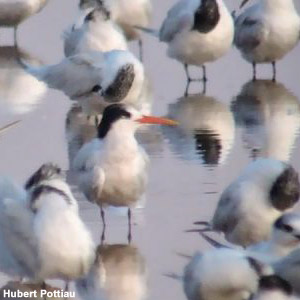
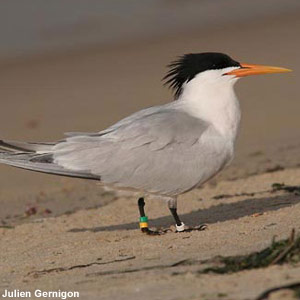
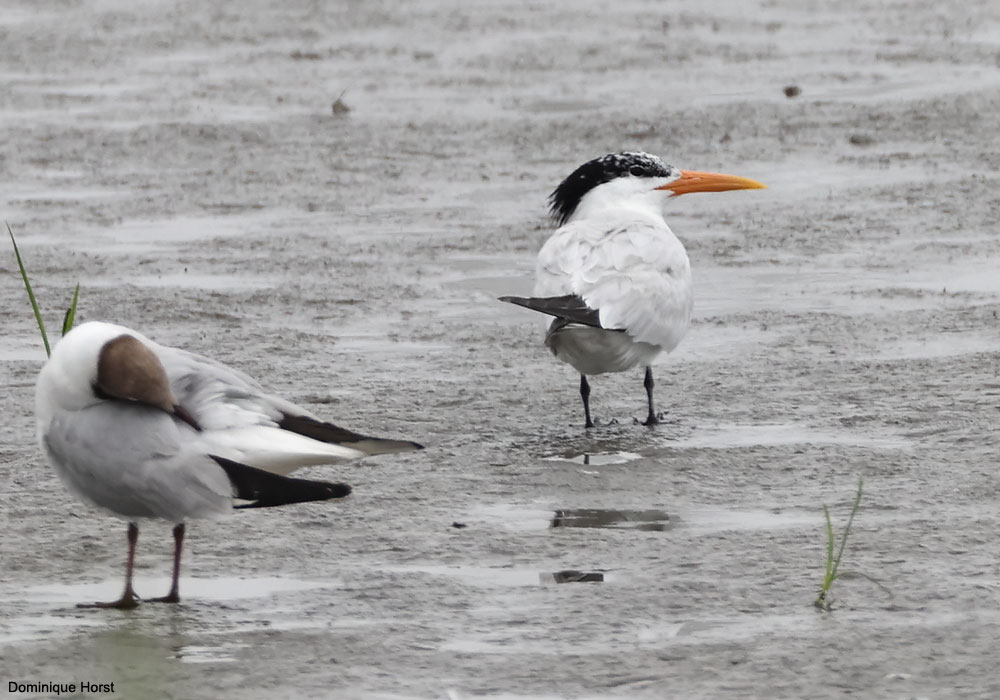
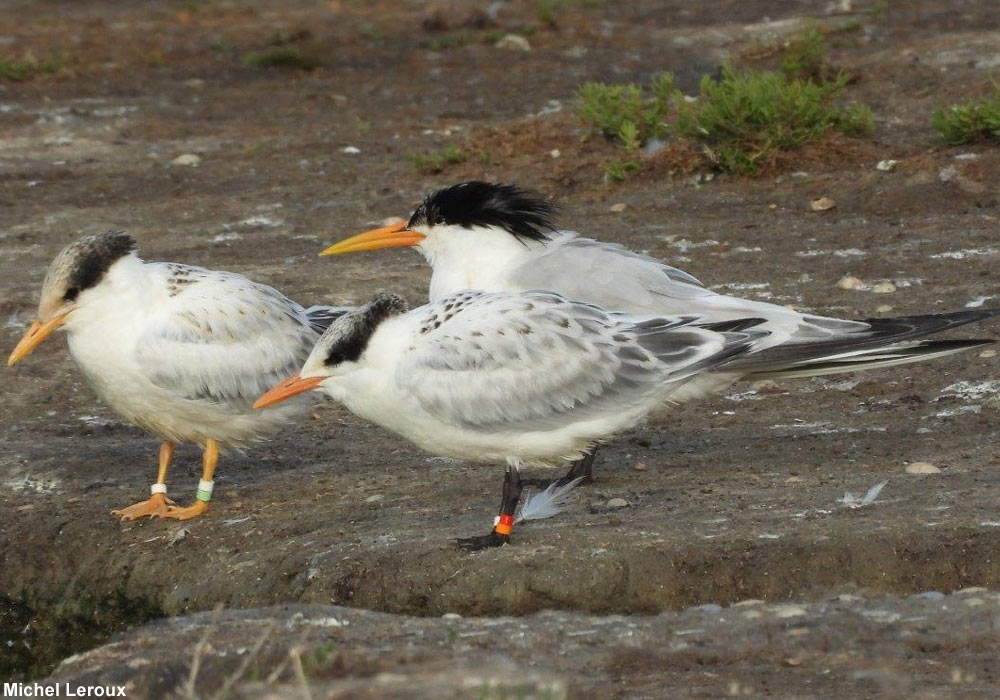
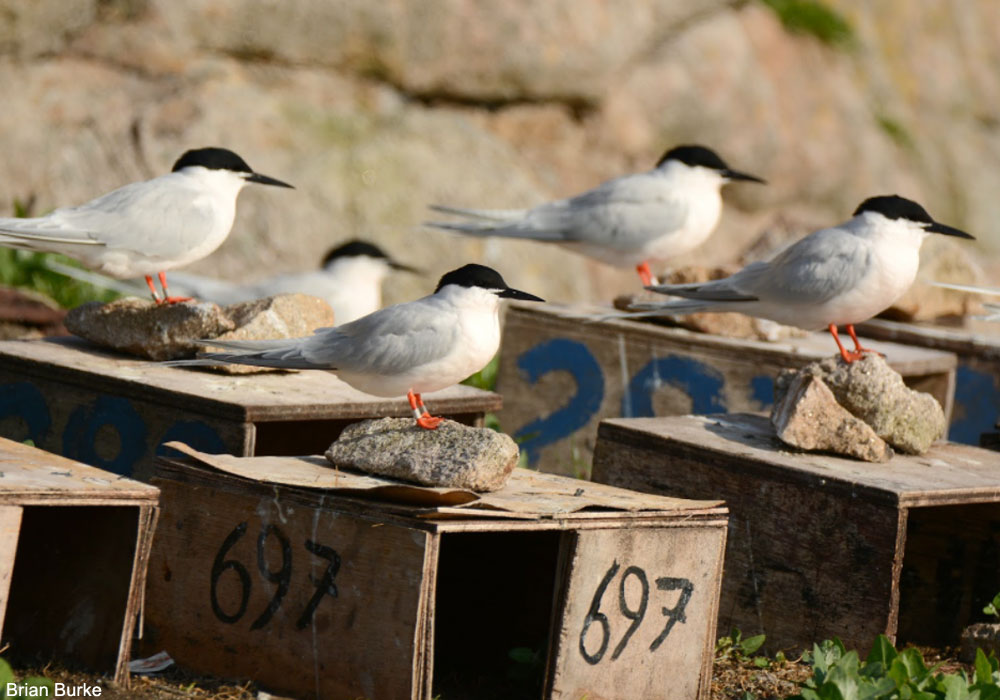
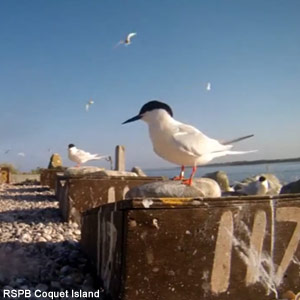
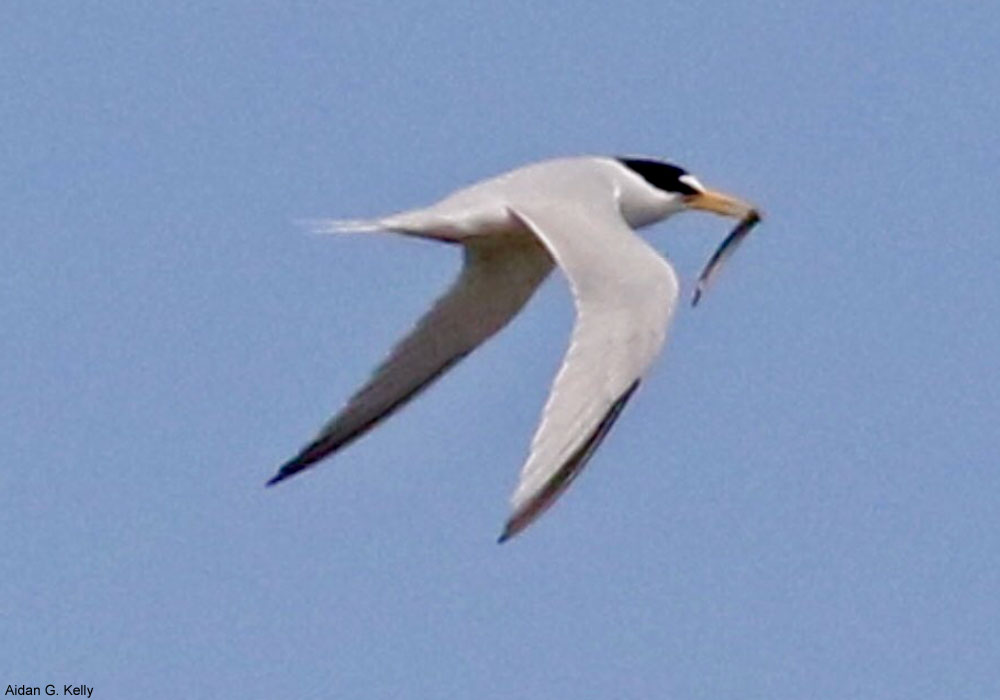
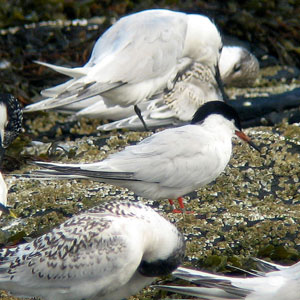
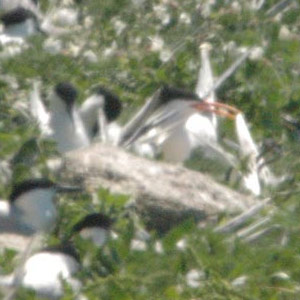
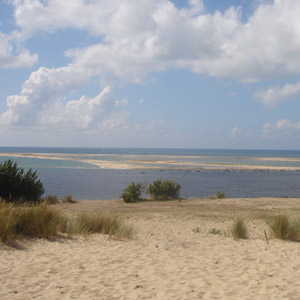
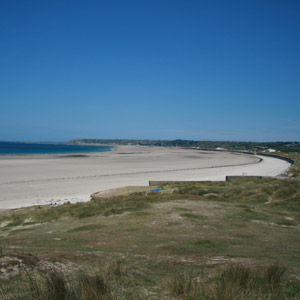
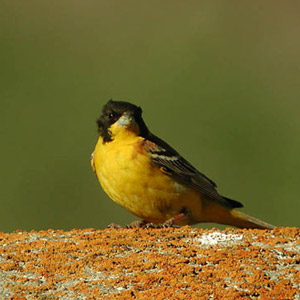
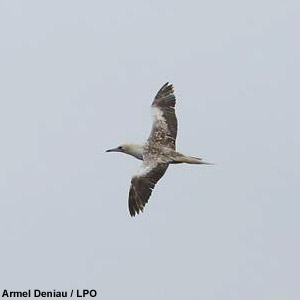
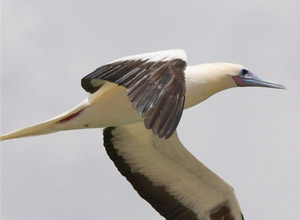
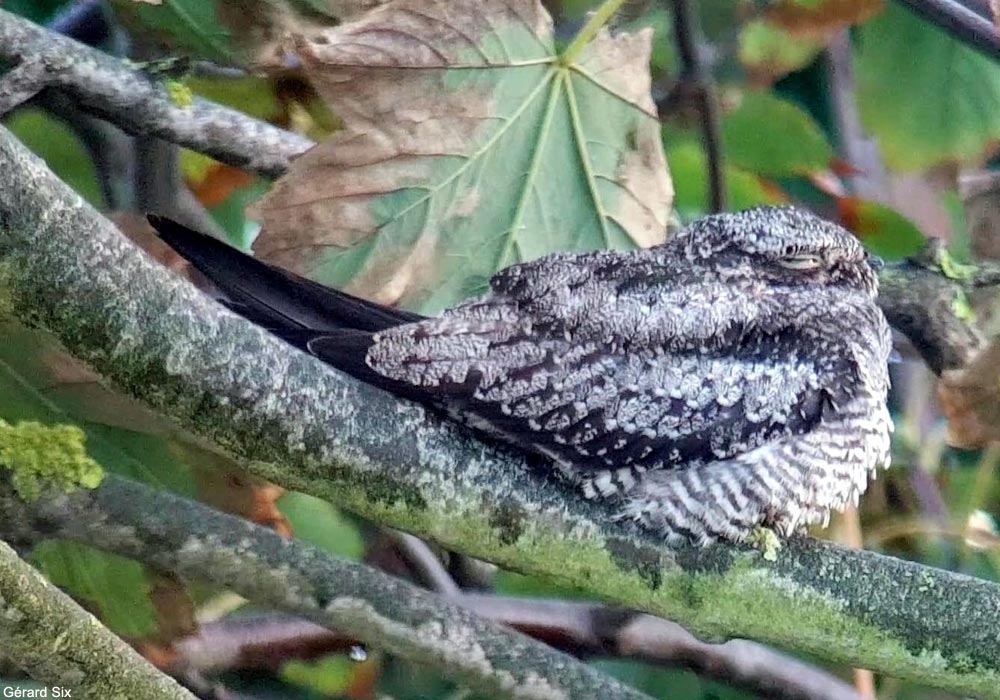
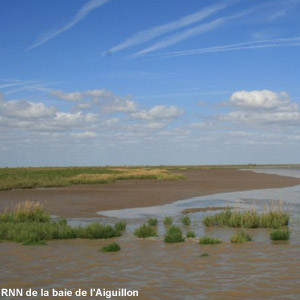
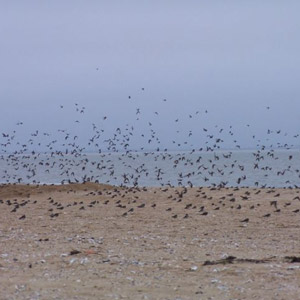
Aucun commentaire sur ce sujet
Participer à la discussion !